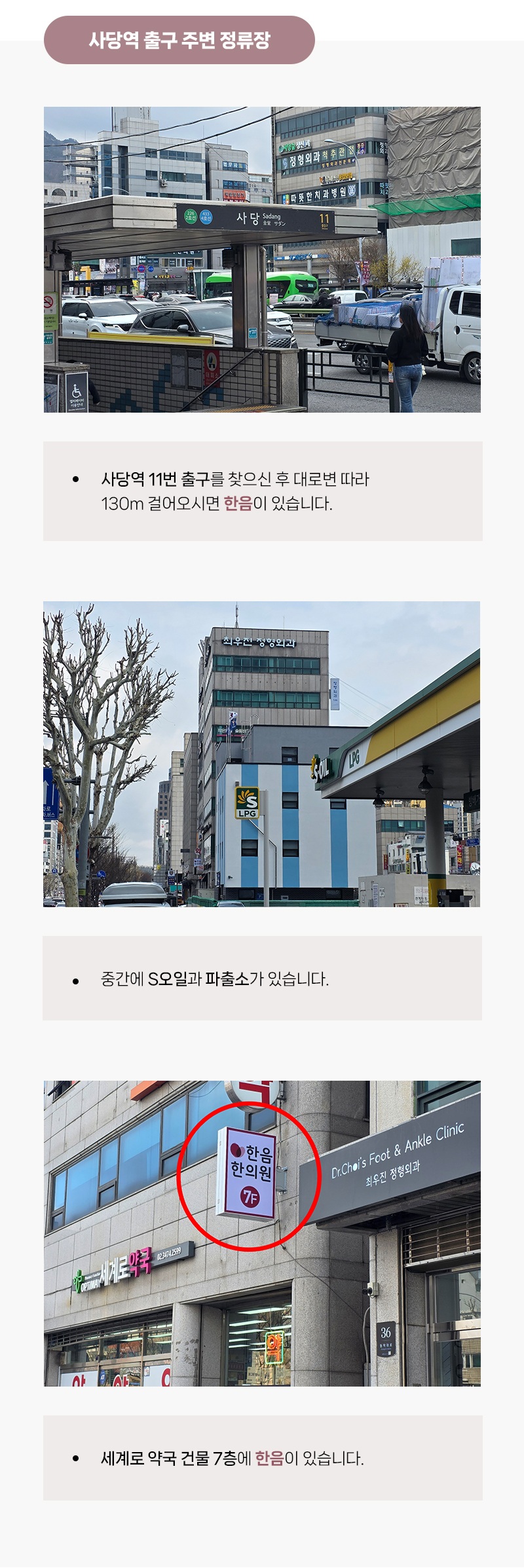Haneum
의학 논문
한음이 발표한 의학논문입니다.
화병의 한의학적 치료에 대한 연구동향
초록
Objectives: To determine the general characteristics of clinical studies about Hwabyung and assess their limitations and alternatives.
Methods: Clinical studies that examined the effects of traditional Korean medicine intervention on Hwabyung were included in this study.
A systematic search of English, Chinese, Japanese, and Korean databases was performed.
The characteristics of included articles were described and those articles were assessed by Risk of Bias (RoB) tool or Risk of Bias for Nonrandomized Studies (RoBANS) tool.
Results: Sixteen articles were selected from 1,826 articles.
Most clinical studies about Hwabyung were published in Korea. The number of conducted trials was insufficient.
The prevailing study design was randomized controlled trial.
Traditional Korean medicine intervention used in the trials were acu-puncture, herbal medicine, counselling, meditation,
emotional freedom technique (EFT), music ther-apy, art therapy, and multi intervention program.
Herbal medicine study used placebo as control while non-pharmacological intervention study mostly used no treatment as control.
Most of the trials were supported by the government.
Therefore, financial conflict of interest might not exist for results.
We judged that some studies had a high risk of bias.
In general, most of the studies with a high risk of bias were non-pharmacological intervention studies, and the risk of bias was mainly due to lack of blinding.
Conclusions: More clinical studies of Hwabyung are needed.
There are some issues about a suitable comparison and effective blinding strategy for non-pharmacological study.
Improving methodo-logical quality is required.























